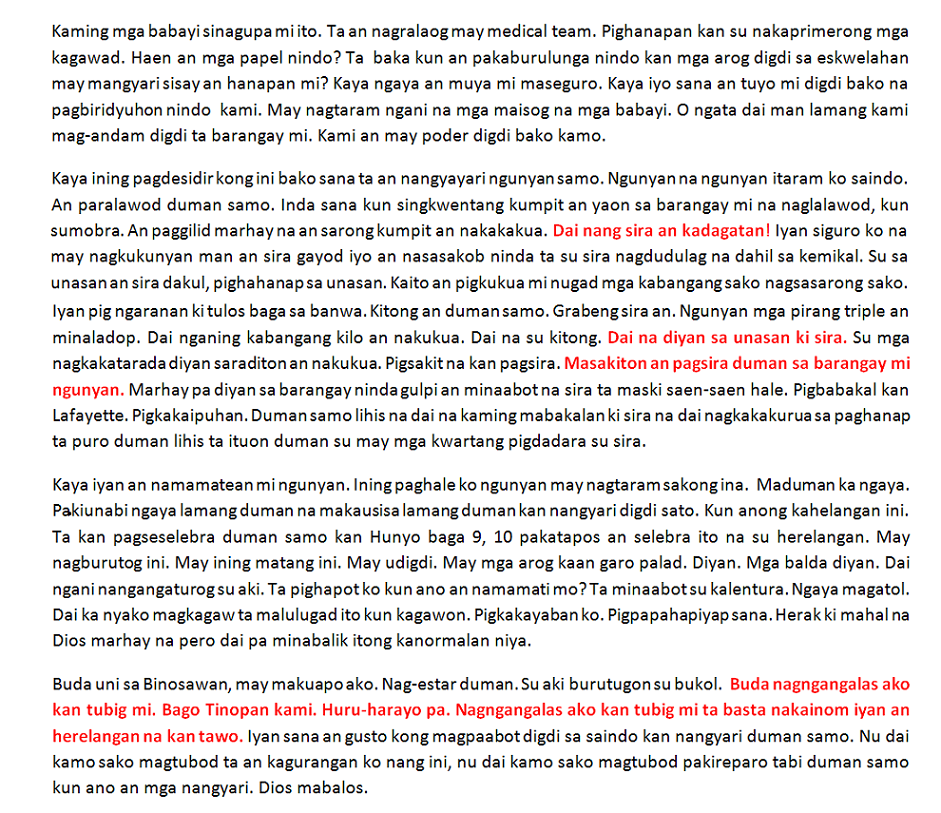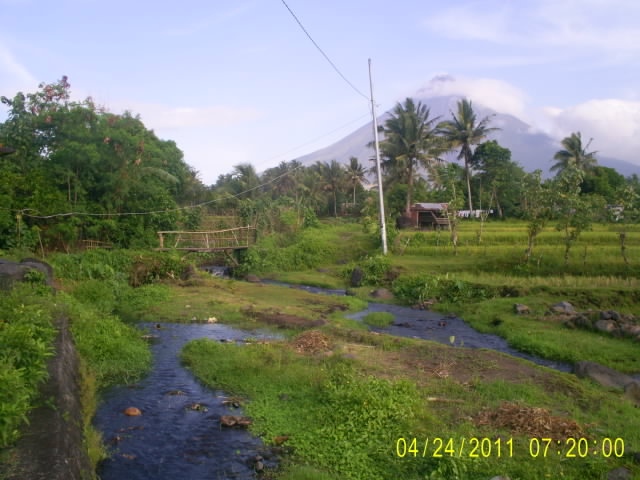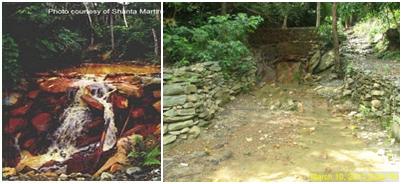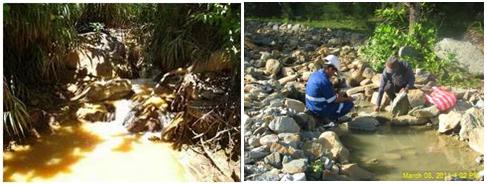
NATURE FOR LIFE
By Anabelle E. Plantilla
The Manila Times
Sunday, February 10, 2008
This is the continuation of Sorsogon Bishop Arturo Bastes’ statement on the 20th anniversary of the CBCP Pastoral Letter, “What is Happening to our Beautiful Land?” He chaired the Rapu-Rapu Fact-finding Commission which looked into the violations of Lafayette, an Australian mining firm.
He continues, “In addition, we said we were frankly quite dubious about the honesty and financial integrity of the mining firm. The Commission found strong indications to believe that the firm underreported its production of ores and of processed gold and silver to the Mines and Geosciences Bureau thereby reducing the basis, and ultimately, the value of the excise tax they would have to pay the government. The details are in our formal report.
“Lafayette wanted to have DENR hostage in their threat that if their mining permit or ECC were cancelled, they’d just walk away and leave DENR with the mine tailings and the pollution and the crisis. And DENR was just too weak to defend the environment and people’s health and welfare. It surrendered, in the name of attracting more investments—of the credit card variety. This is the type that brags, “Have permit and there will be banks to give you a credit line.” During the term of Secretary Reyes, the state was clearly captive. He could not withhold the mining permit that Lafayette did not deserve, and which clearly constituted a continuing threat to both local people’s health and livelihood and the small island’s fragile ecosystem.
“A little more than a year after they were given the green light by Reyes, Lafayette was up and about looking for more funds to expand its operations—activities squarely opposed by the local communities. But as a consequence of both its own management faults and typhoon-caused serious structural damage to project infrastructure, the mining company’s financial position “deteriorated to a point where by mid-July 2007 the Board considered it necessary to undertake a significant restructuring and recapitalization of both Lafayette and the project, to ensure that they remained going concerns. This deterioration was in large part due to the need to progressively cash settle (with additional borrowings from the Bank Group) maturing forward sale positions in circumstances where relevant commodity prices had increased substantially from those on which the original forward sale contracts were based.” (Directors’ Statement, 20 December 2007)
The statement continued: “On 4 October 2007, Lafayette announced that non-binding term sheets had been executed by the Company and the Bank Group with a Special Purpose Vehicle (“SPV”) owned by a prospective Cornerstone Investor (“CI”) and the South East Asian Strategic Asset Fund LP. These term sheets outlined the basis of a series of transactions designed to recapitalize and restructure both the Company and the Project. As part of these arrangements, a binding Option Deed was executed by the Bank Group and the SPV under which the SPV was granted the right but not the obligation to purchase the Bank Group’s debt exposure of approximately US$269 million (which included a significant amount of debt needed to cash settle outstanding hedge contracts) at a discounted price.”
But, as the saying goes, “the best laid plans of mice and men …” do not always work out as hoped for. “On 17 December 2007, Rapu Rapu Minerals Inc (‘RRMI’), an associate of Lafayette, received a default notice from its mining contractor Leighton Contractor (Philippines) Inc (‘Leighton’). Lafayette is a co-guarantor of the payment of money due under the mining contract with Leighton and while there was a cure period for default provided under the terms of the contract, Lafayette could not be certain that either RRMI or Lafayette would be in a position to settle this claim by Leighton at the expiry of the cure period, given the delayed nature and inherent uncertainty in the Bank Group’s processes.
































































































































No comments:
Post a Comment